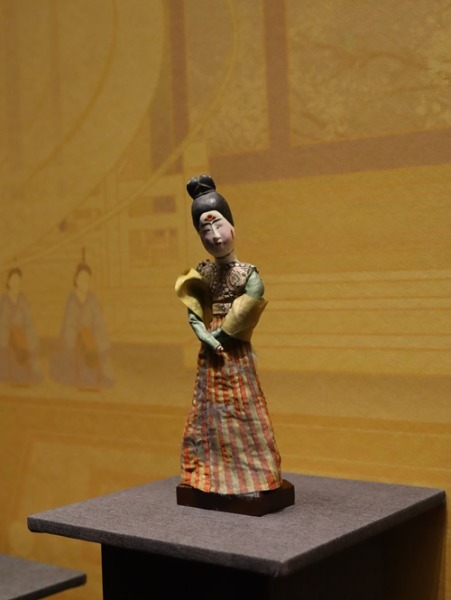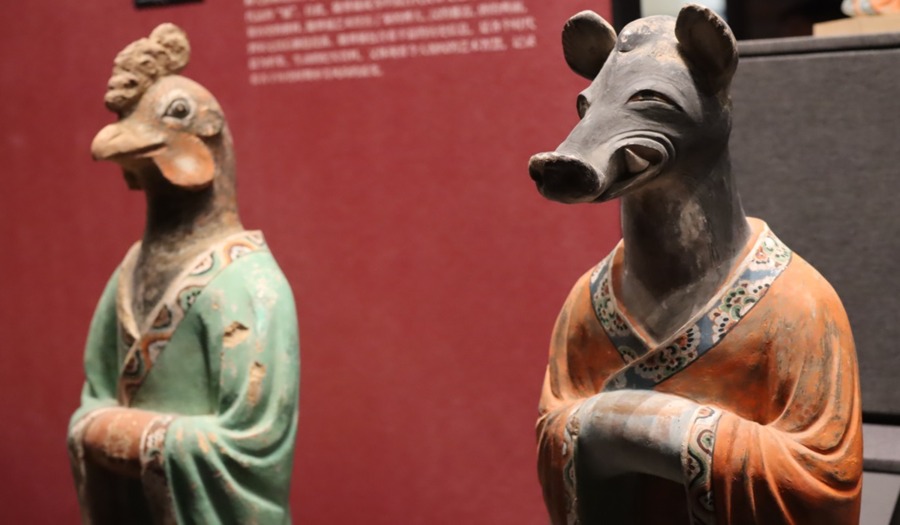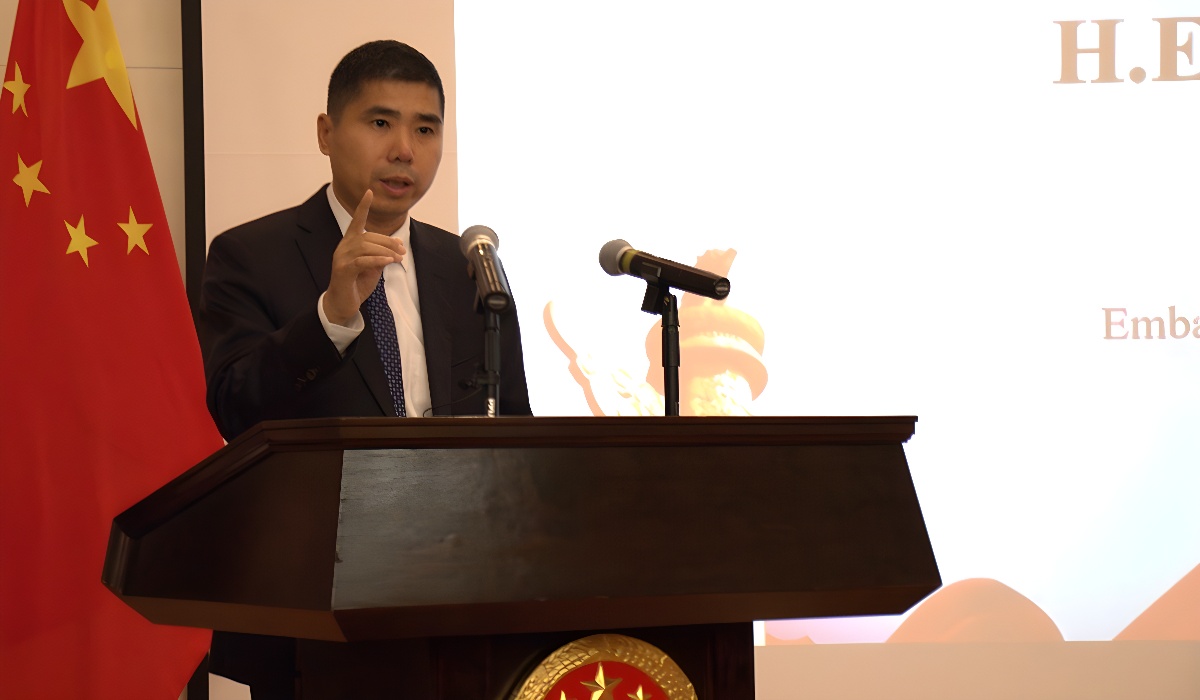China’s Xinjiang Museum, a repository of the nation’s rich history, offers visitors an enthralling journey through millennia of human civilization. Housing an impressive array of artifacts dating back as far as 15,000 years and spanning the ages to 221 B.C., this cultural treasure trove, showcases the enduring spirit of the region. In 1884, Xinjiang was officially recognized as a province, marking a pivotal moment in its history.
Its significant annual visitor numbers, averaging over 2.6 million, underscore its importance as a cultural hub. The best part? Entrance is free, making it accessible to all. The enthusiasm is well-founded, given the incredible range of relics on display. These items include bronze mirrors, clay pots, red agate, bone combs, leather kettles, axes, and even ancient weaponry such as bows and arrows. The collection also features intricate copper and gold objects, as well as various ornamental pieces highlighting the remarkable craftsmanship of ancient Xinjiang.
What sets the museum apart is its ability to unravel the intricate threads of the region’s history and culture. The exhibits reveal the profound significance of the area as a land rich in natural resources, including bronze, iron, gold, and copper. Notably, the region is recognized as the birthplace of jade, a gemstone deeply revered in Chinese culture.
Within the museum’s hallowed halls, one can find well-preserved written documents that provide a window into the way of life of early inhabitants. Surprisingly, many of these items originate from distant shores, despite Xinjiang being one of the farthest regions from the coast. They serve as intriguing artifacts hinting at the interconnectedness of ancient trade routes.

The Silk Road, a prominent part of the province’s history, facilitated exchanges between China and neighboring countries, not only in terms of goods like silk but also culture. The bustling markets along the Silk Road welcomed traders and travelers from diverse lands, creating a melting pot of cultures and ideas.
From Kujula copper coins to the introduction of Buddhism over 1,500 years ago, Xinjiang’s role as a melting pot of cultures is evident. The region houses over 200 Buddhist places of worship, 24,500 of a nationwide total of 39,000 mosques, attracting thousands of visitors daily. This cultural dynamism has continued through the centuries, leaving a profound mark on its heritage.
Within its walls, visitors can also learn about the origins of Chinese mooncakes and discover that polo was a popular game during the Tang Dynasty. Ornate statues, buried with the deceased as guardians in the afterlife, provide a glimpse into ancient beliefs, while books documenting the adventures of Marco Polo offer a bridge to a more recent past.
Perhaps one of the most intriguing exhibits in the museum is the collection of naturally preserved dried corpses. These remarkably well-preserved individuals, dating back over 3,000 years, include males, females, children, and even military generals. Some of the female corpses found even bear traces of nail polish, offering a unique glimpse into the aesthetics of ancient times.
In essence, the museum is a treasure trove of history, culture, and the enduring spirit of a region that has always been at the crossroads of civilizations. It is a place where the past comes alive, providing answers not only about the region’s history but also its promising future.
Image Credit Bo









